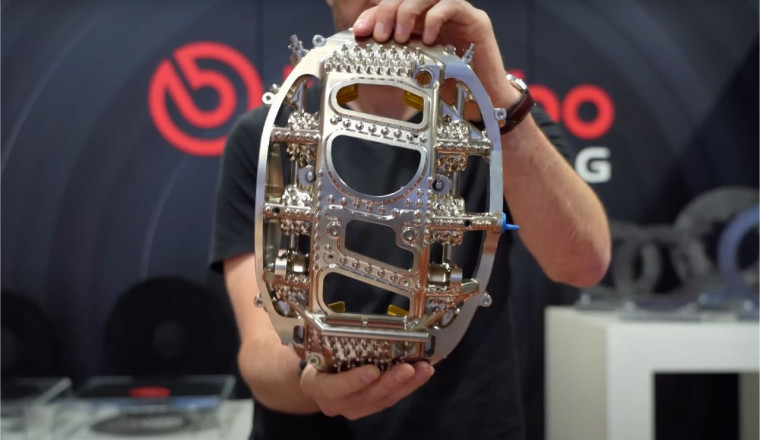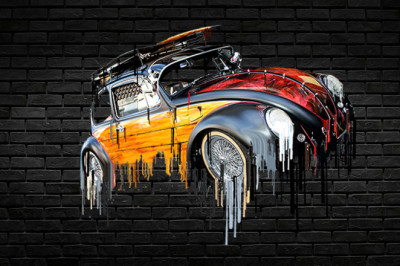
Braking from 200 mph to zero in just three seconds is nothing short of mind-blowing. That’s the brutal reality of Formula 1 racing, and it’s all thanks to the incredible engineering behind F1 brakes. Recently, I got a rare peek inside Brembo’s factory in Italy, the company responsible for crafting these £100,000 masterpieces.
The journey starts with the brake callipers. They aren’t built from little pieces slapped together but carved entirely from a single solid block of aluminium lithium. You might expect some exotic, high-tech material, but surprisingly, that’s banned in F1. The sport wants to keep things safe and consistent, so aluminium lithium it is. The process itself is like sculpting modern art—most of that original block gets machined away, shaping it into complex curves and housing six titanium pistons inside. The result is a calliper that looks almost like a piece of futuristic sculpture.
Then there are the carbon discs, the real marvel of this story. What looks like a simple piece of thick felt is the humble beginning of something extraordinary. This “felt” goes through a wild transformation: special needling similar to what you’d find in textile manufacturing, followed by carbonisation in huge ovens, methane gas treatments, and then precision drilling of 1,200 tiny cooling holes into each disc. Every disc gets 15 hours of meticulous machining to reach tolerances of just 0.02mm—thinner than a strand of human hair.
The entire production from start to finish takes about three months for each carbon disc. The precision needed at every stage is jaw-dropping. Nothing leaves Brembo’s factory without passing the strictest quality controls—because any flaw could mean the difference between victory and disaster on race day.
And when these brakes hit the car, they don’t just stop the vehicle. They handle temperatures soaring over 1000°C, hotter than molten lava, all while delivering perfect, fade-free braking lap after lap. Seeing those glowing discs on the track becomes a totally different experience once you know what went into making them.
So next time you watch an F1 race and see those brake discs turn bright red on the brakes, remember—they’re the culmination of months of precision engineering and craftsmanship, stopping some of the fastest cars on earth like absolute magic.
Photo: https://www.linkedin.com/in/scottmansell/














